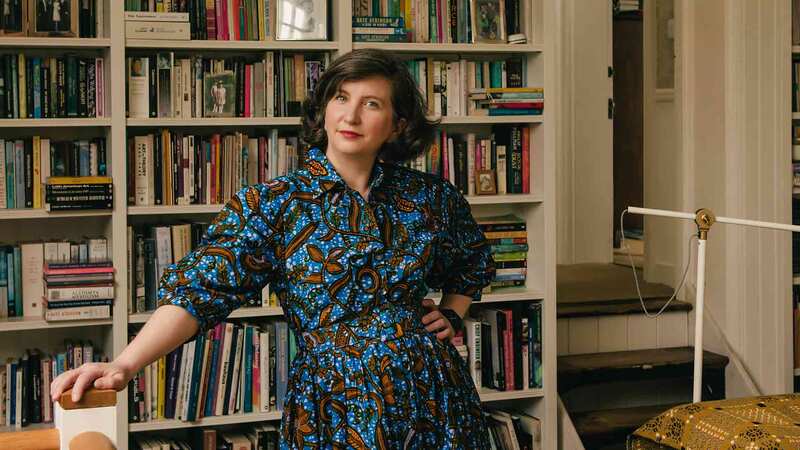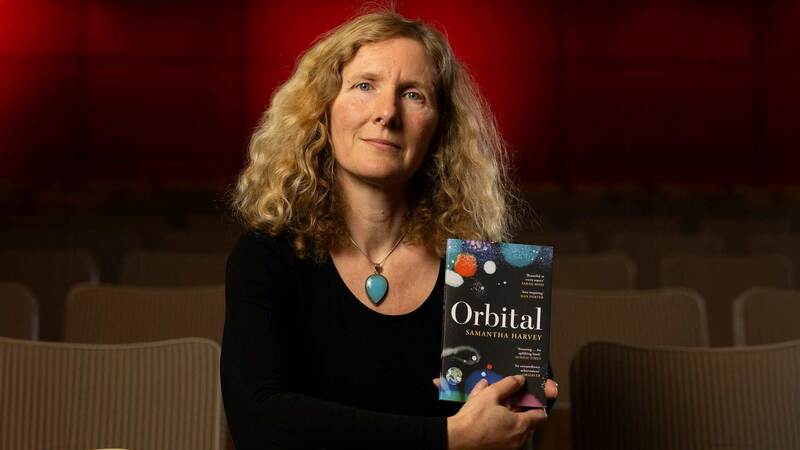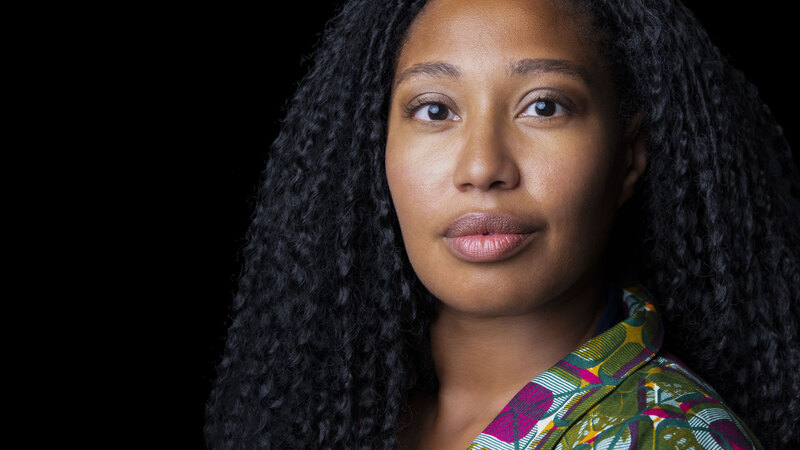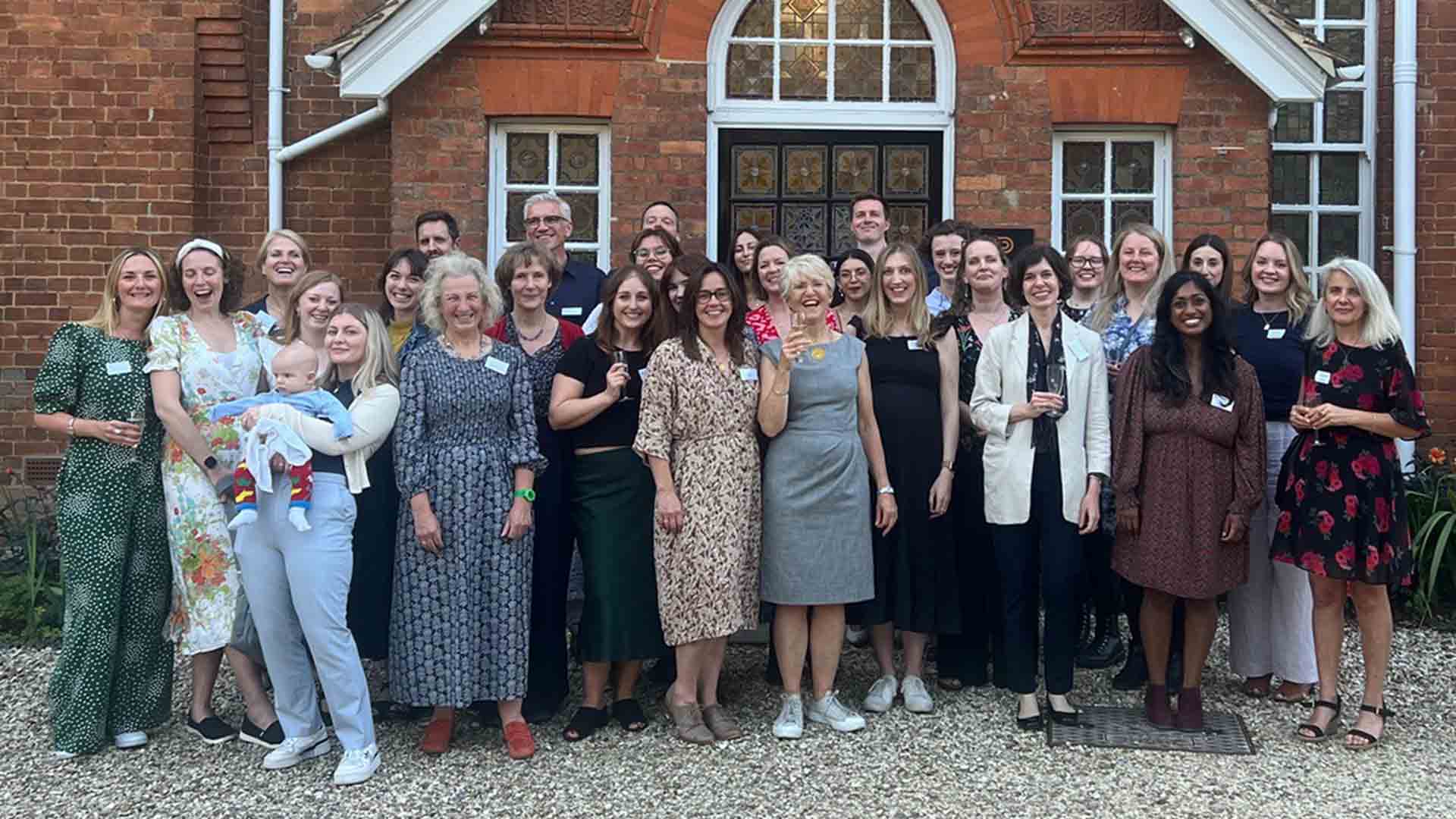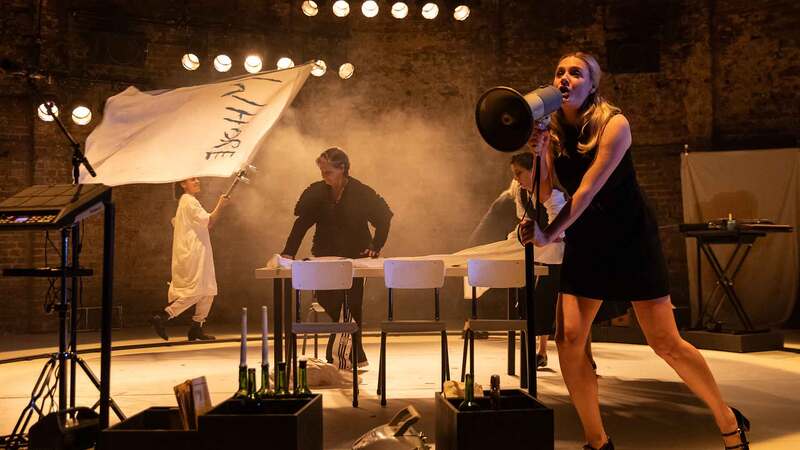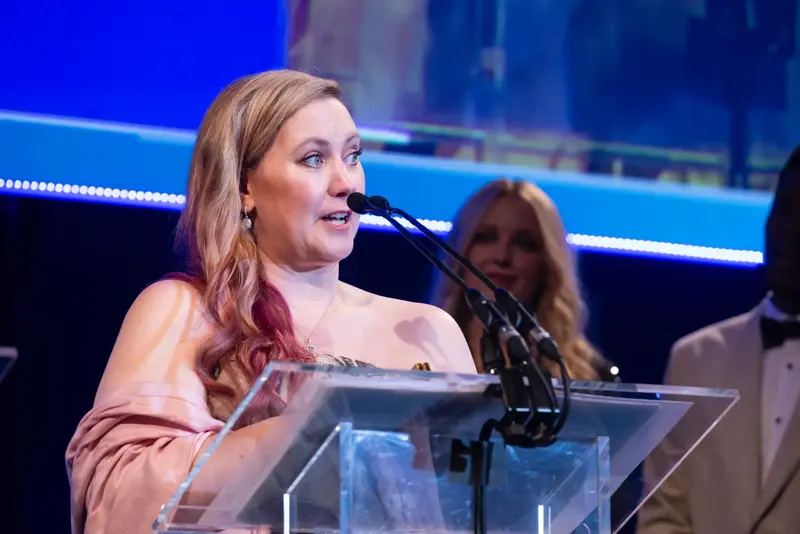You are viewing your 1 free article this month. Login to read more articles.
Karen Thompson Walker: My Inspiration for The Age of Miracles
Imagine an ordinary city on an ordinary day. Picture the cars moving up and down the streets. See the people walking on the pavements. Now imagine what would happen if everyone in that city, in a matter of days, went blind.
This is the premise of one of my favourite novels: Blindness by the Portuguese writer José Saramago, who won the Nobel Prize in Literature in 1998 and died in 2010. Dystopian narratives – both real and imagined – seem to be everywhere, from The Hunger Games to The Walking Dead to the latest reports on global warming. Disaster is on our minds. With so many dystopias to choose from, though, Blindness still stands out to me for its clarity of imagination. I remember devouring it in two days, years ago when I was a graduate student in creative writing, and feeling like I’d never read anything like it. I still haven’t.
Blindness takes a simple idea and follows it to its rational (and horrifying) conclusion. As the strange blindness spreads, the government struggles, but fails, to stop the contagion. By the time the afflicted find themselves fighting over bread in an overcrowded hospital, every stabbing seems inevitable, as if the sinking of scissors into skin were the only possible outcome of a chain of events that began months earlier with a single man losing his vision.
Because Saramago was deeply involved in leftist politics, Blindness has sometimes been called a political allegory. For me, though, ‘allegory’ suggests something more abstract. That label risks overlooking the novel’s greatest feat: the way it makes so unlikely a catastrophe feel so thrillingly real, down to its every tactile detail. Talking to the Guardian in 2008, Saramago said: “My work is about the possibility of the impossible. I ask the reader to accept a pact; even if the idea is absurd, the important thing is to imagine its development. The idea is the point of departure, but the development is always rational and logical.”
For me, it is this logical development that gives Blindness its resonance. It’s no coincidence that the same semester I first read Blindness, I wrote a draft of a 14-page story about an equally unlikely disaster, this one seen through the eyes of a young girl. In my story, the rotation of the earth suddenly changes, forever altering the length of the 24-hour day. Later, it became the foundation for my first novel, The Age of Miracles.
Writing a book is like finding a spouse. Without the alignment of a thousand little coincidences, I might never have met my husband, and yet, not knowing him now seems impossible. Similarly, if I hadn’t first read Blindness, with its rational unfolding of an imaginary catastrophe, I’m not sure I would have written The Age of Miracles.
As I wrote my disaster novel I began to recognise one of the hidden pleasures of apocalyptic fiction: it reminds us of the value of our everyday lives. In the light of a catastrophe, the ordinary seems extraordinary. Clean clothes. Hot food. Soap. In Blindness, after water ceases to run from the city’s pipes, a woman’s makeshift shower in a rainstorm – her first in weeks – is “the most beautiful and glorious thing that has happened in the history of the city”.
The genius of this book is that as the characters lose one form of vision, the reader gains another. To read Blindness is to see our world revivified. I remember looking up from the page at one point, during that first reading, gripped by a sense of astonishment. How amazing, I thought: I can see.
The Age of Miracles is out on 21 June, published by Simon & Schuster. José Saramago’s Blindness is published by Harvill. Photography: Pathé UK





